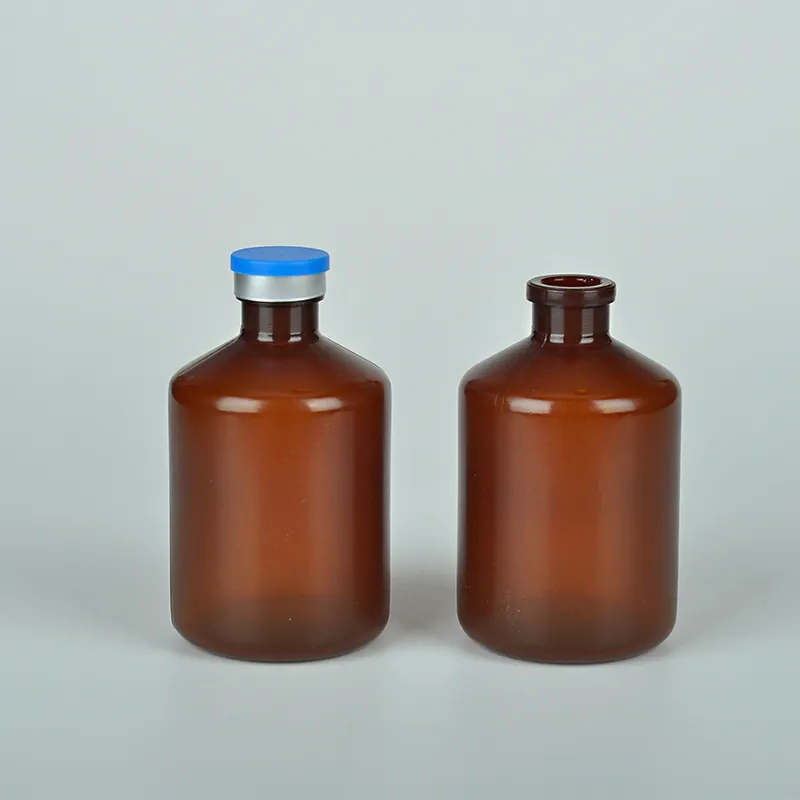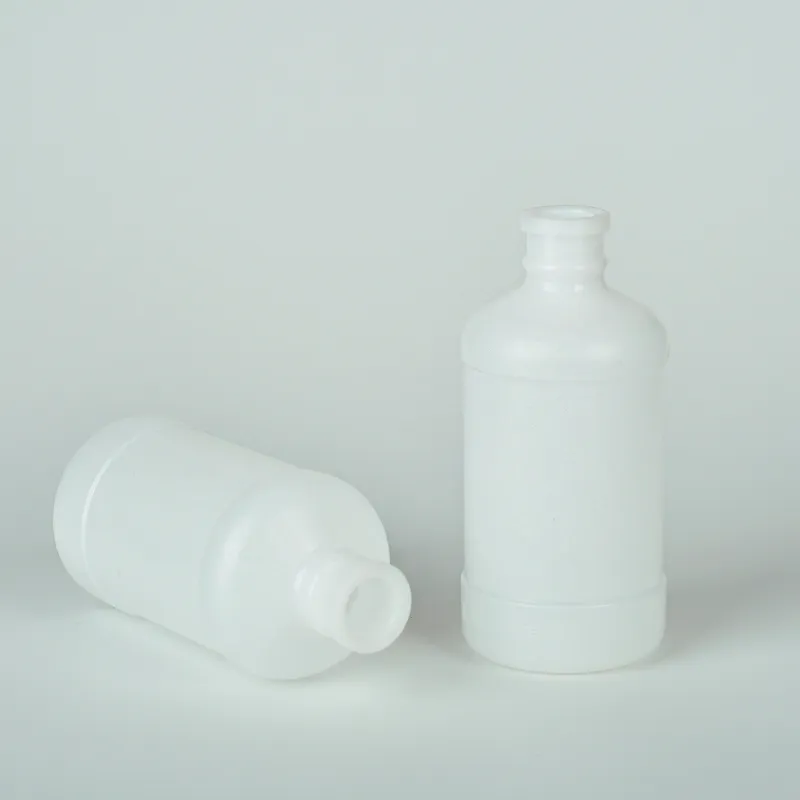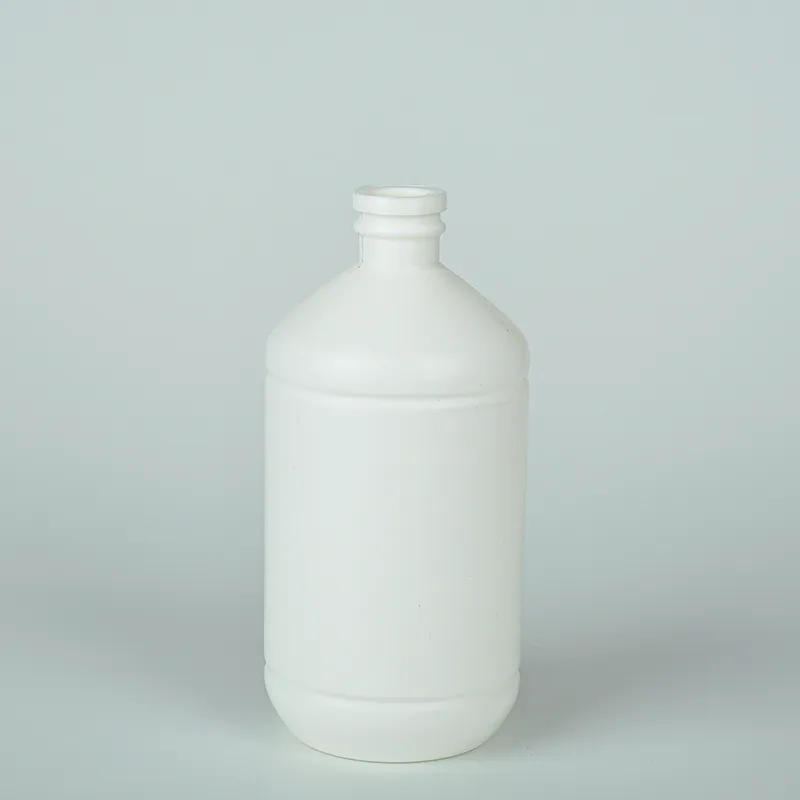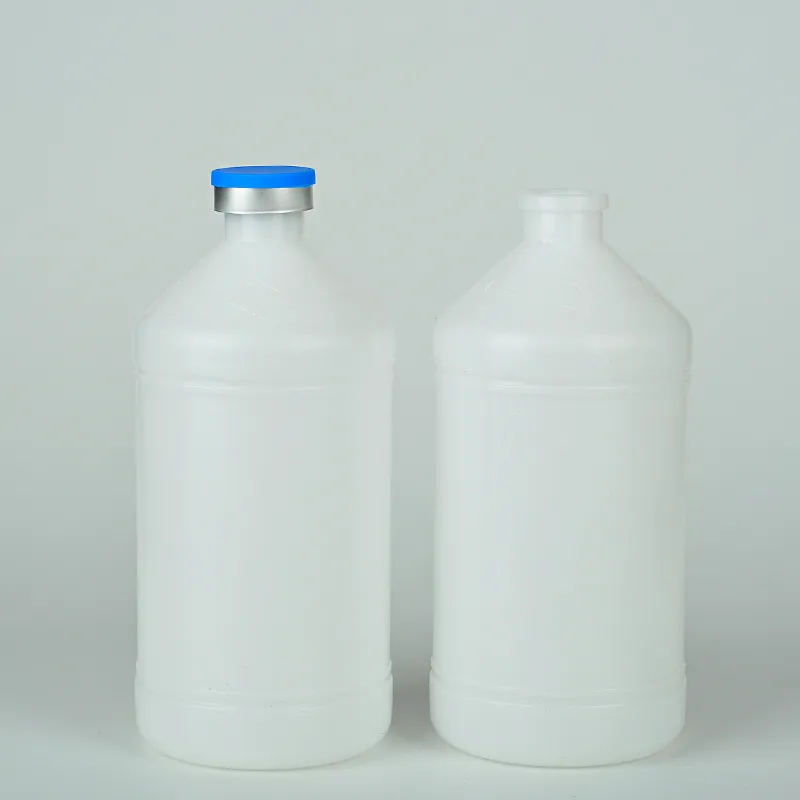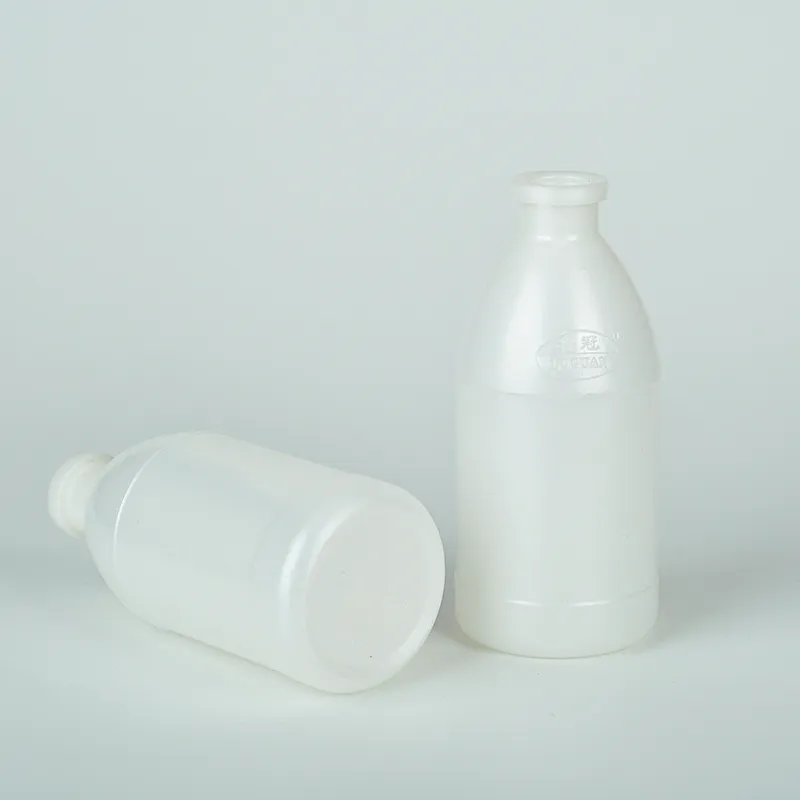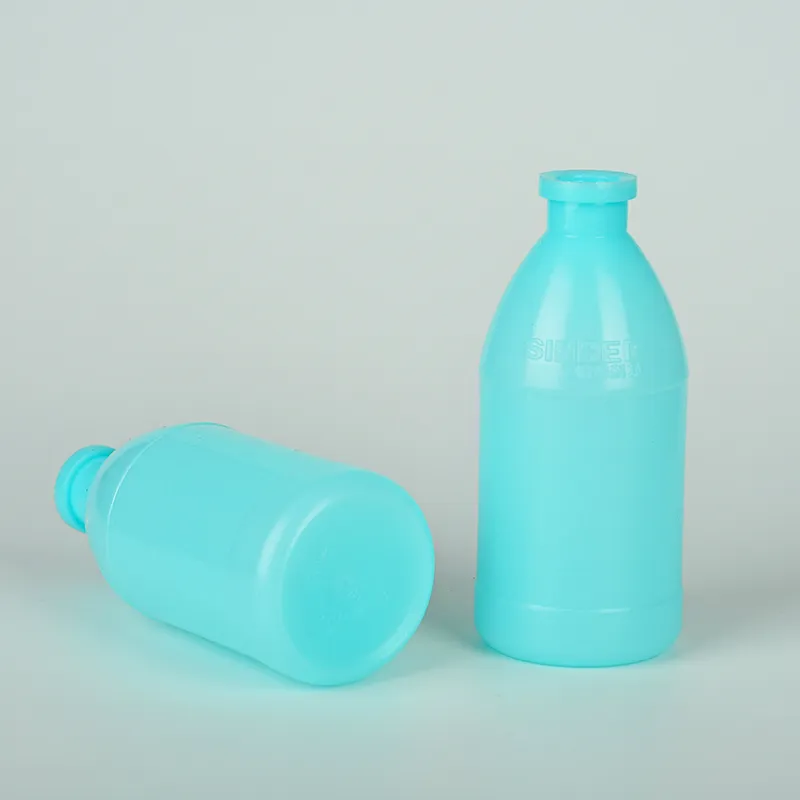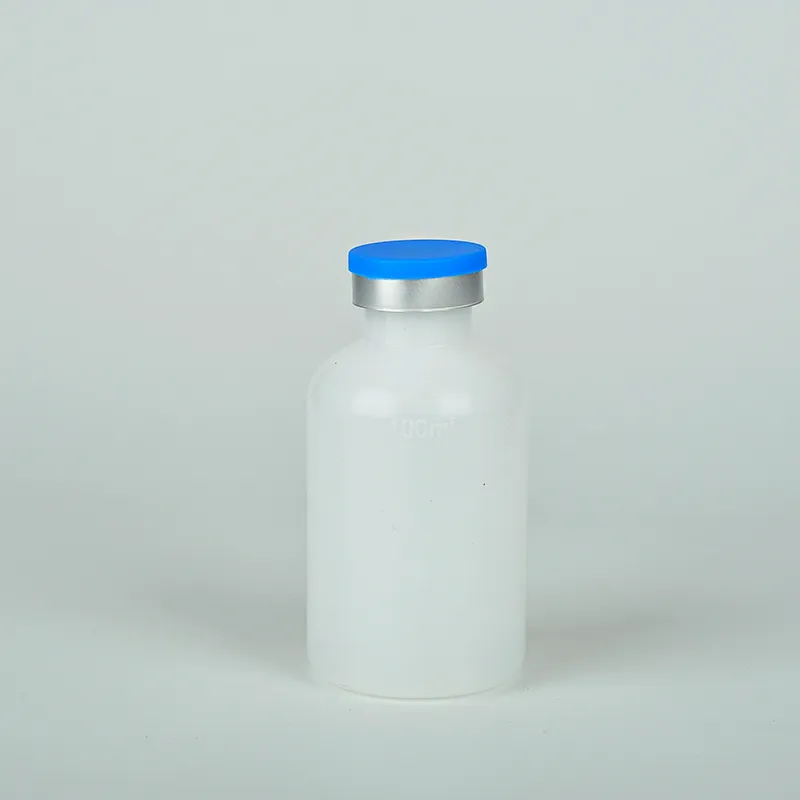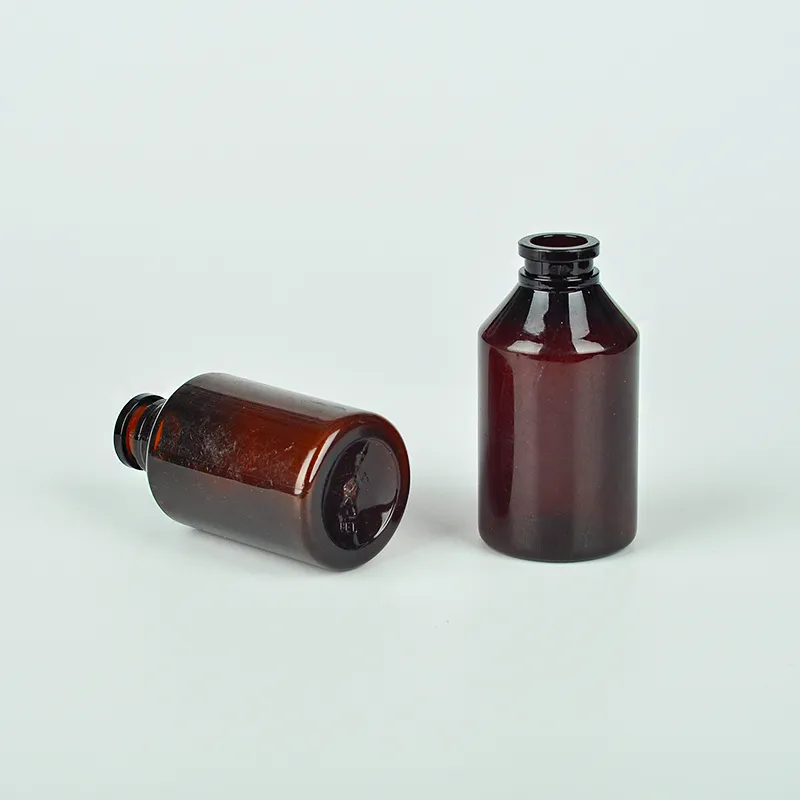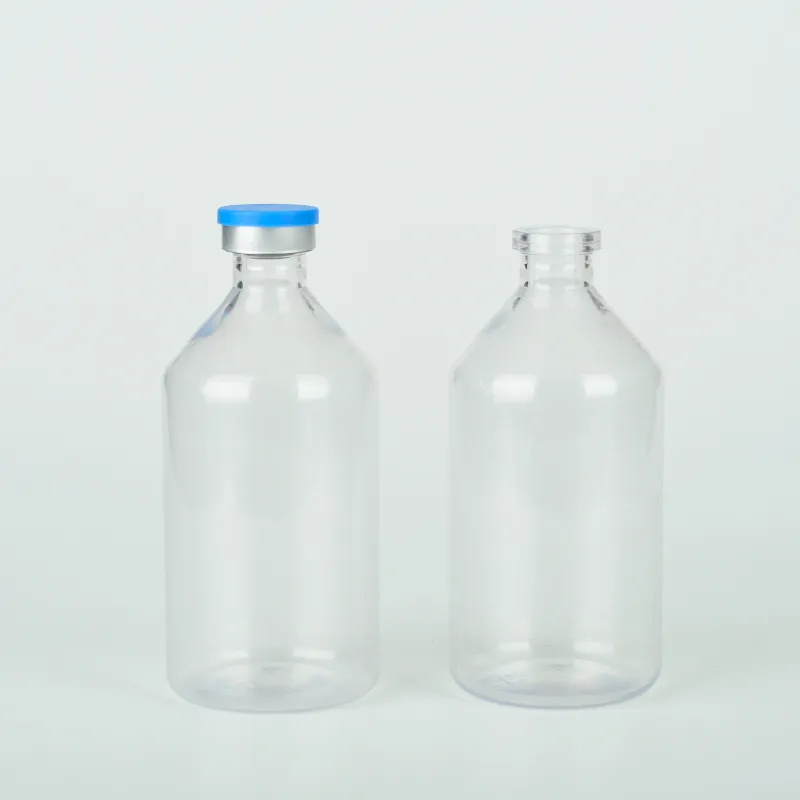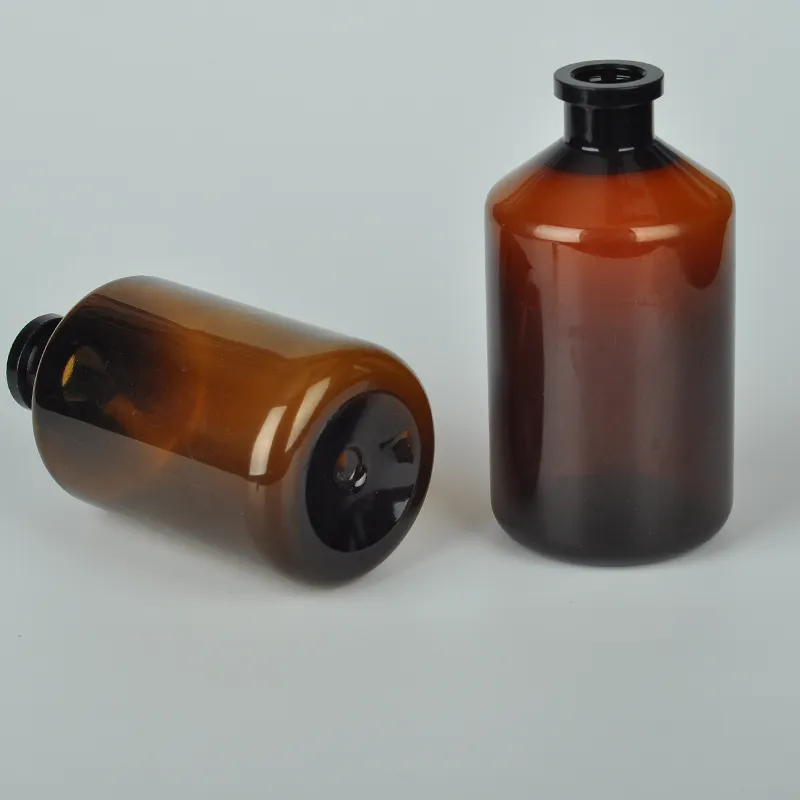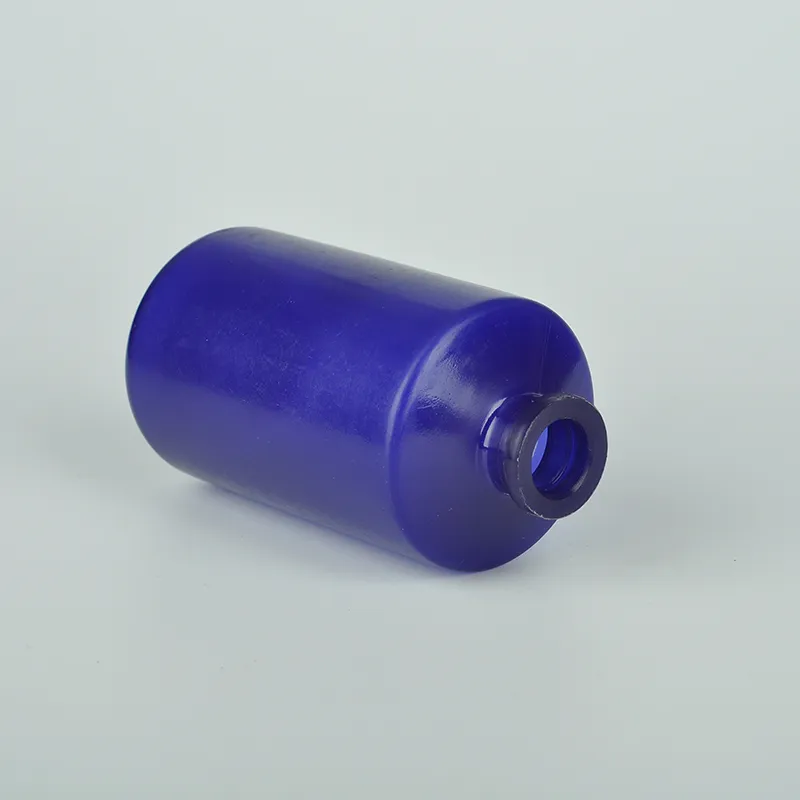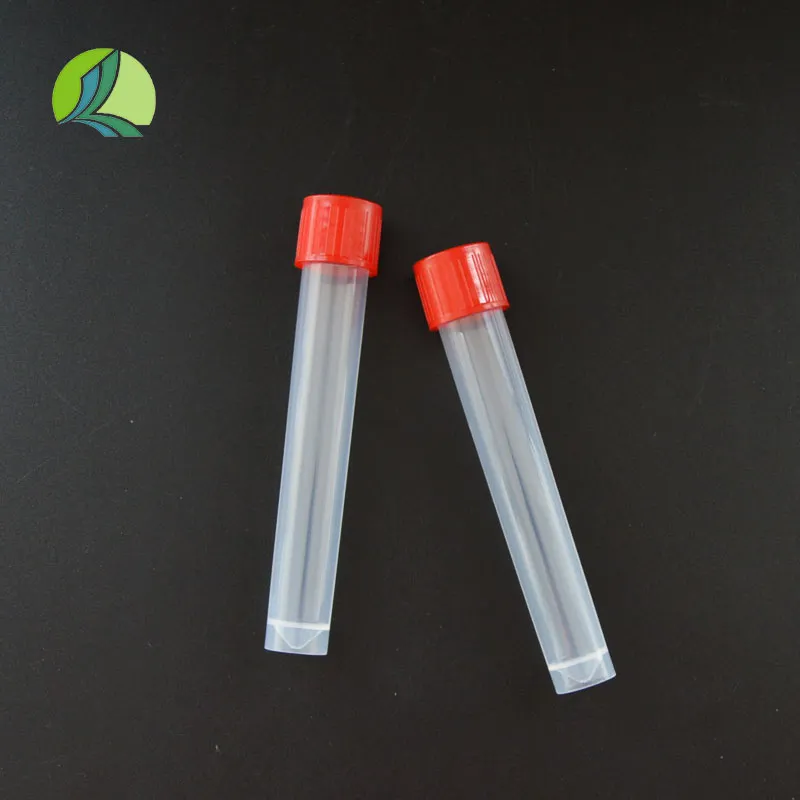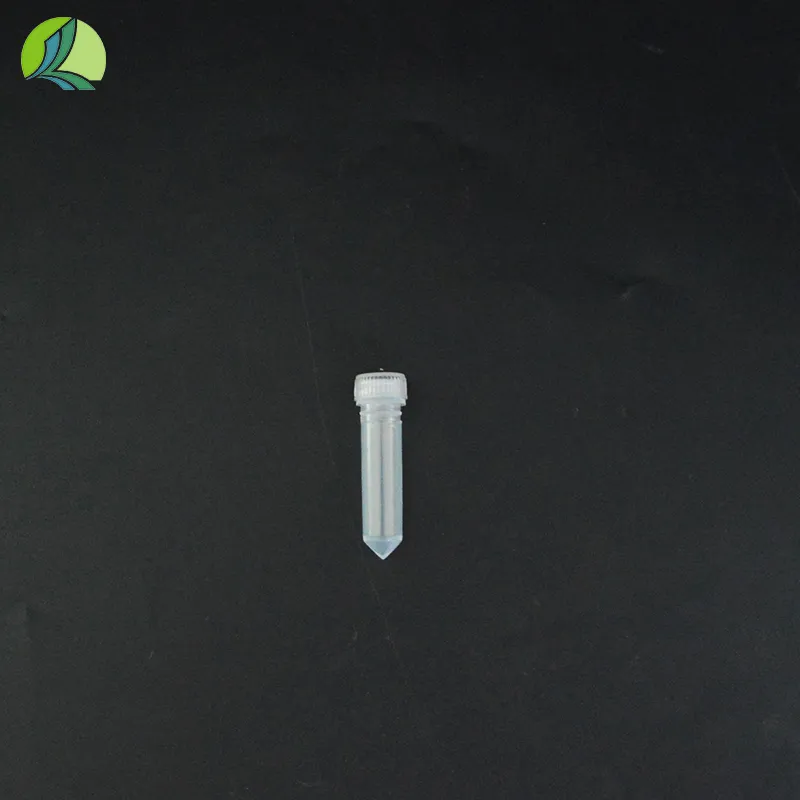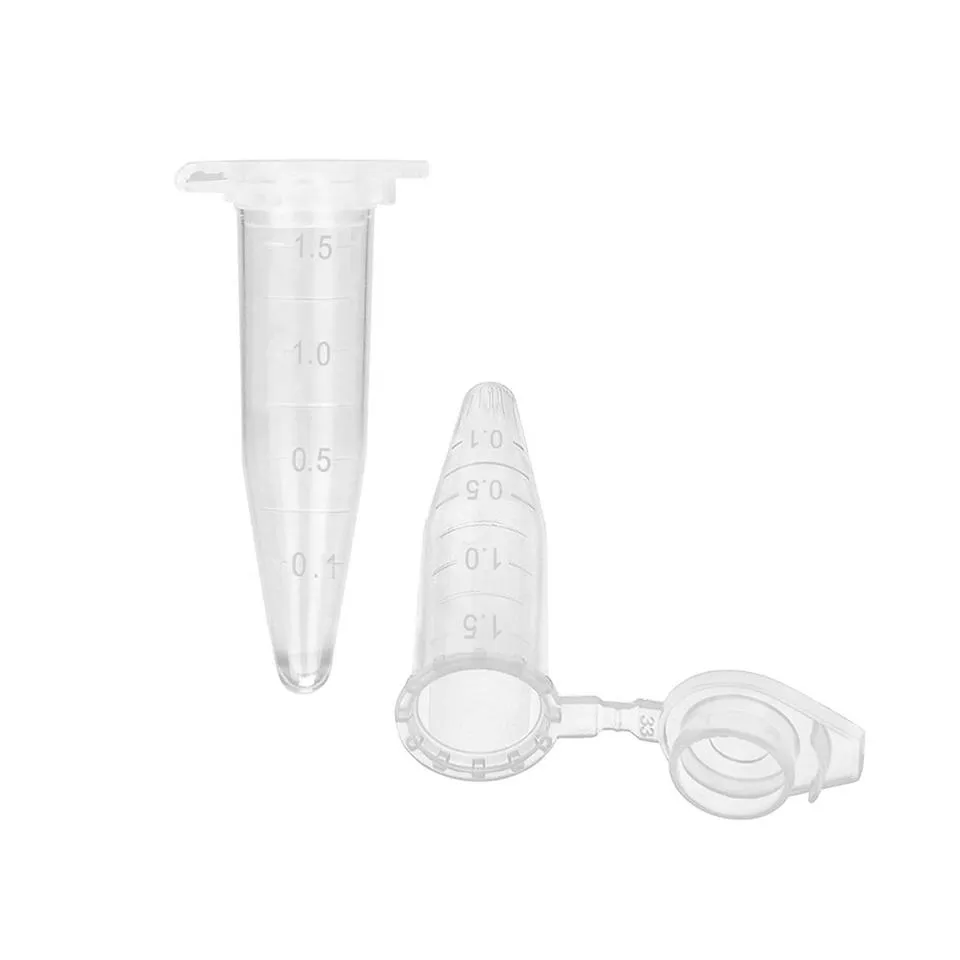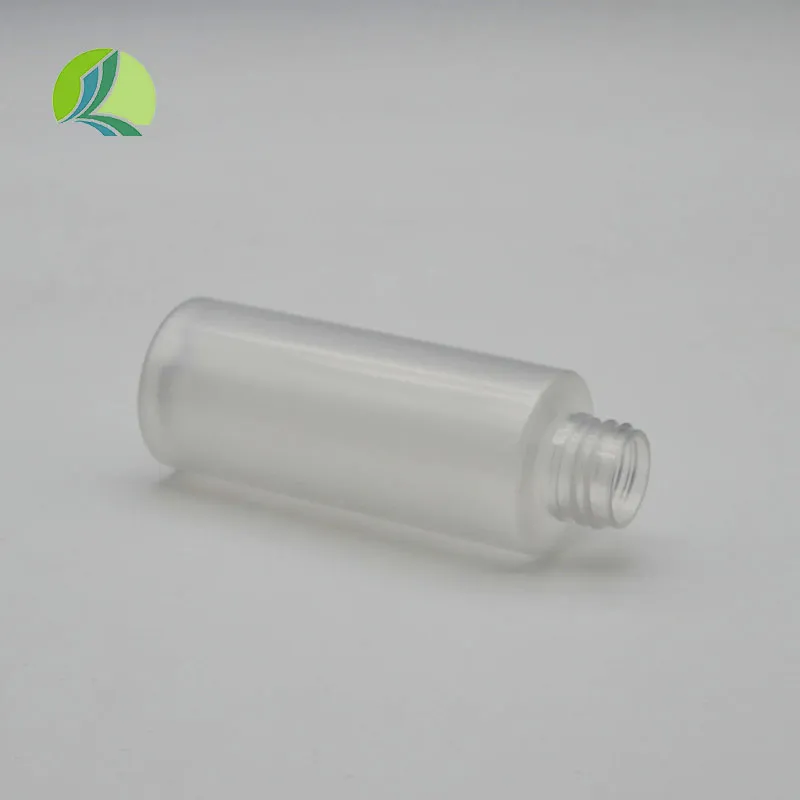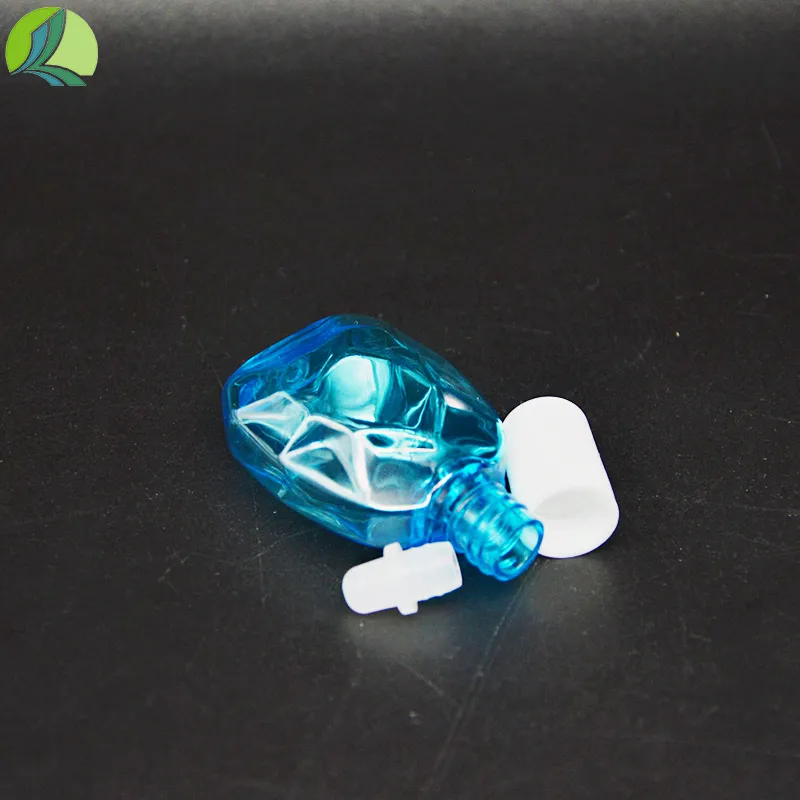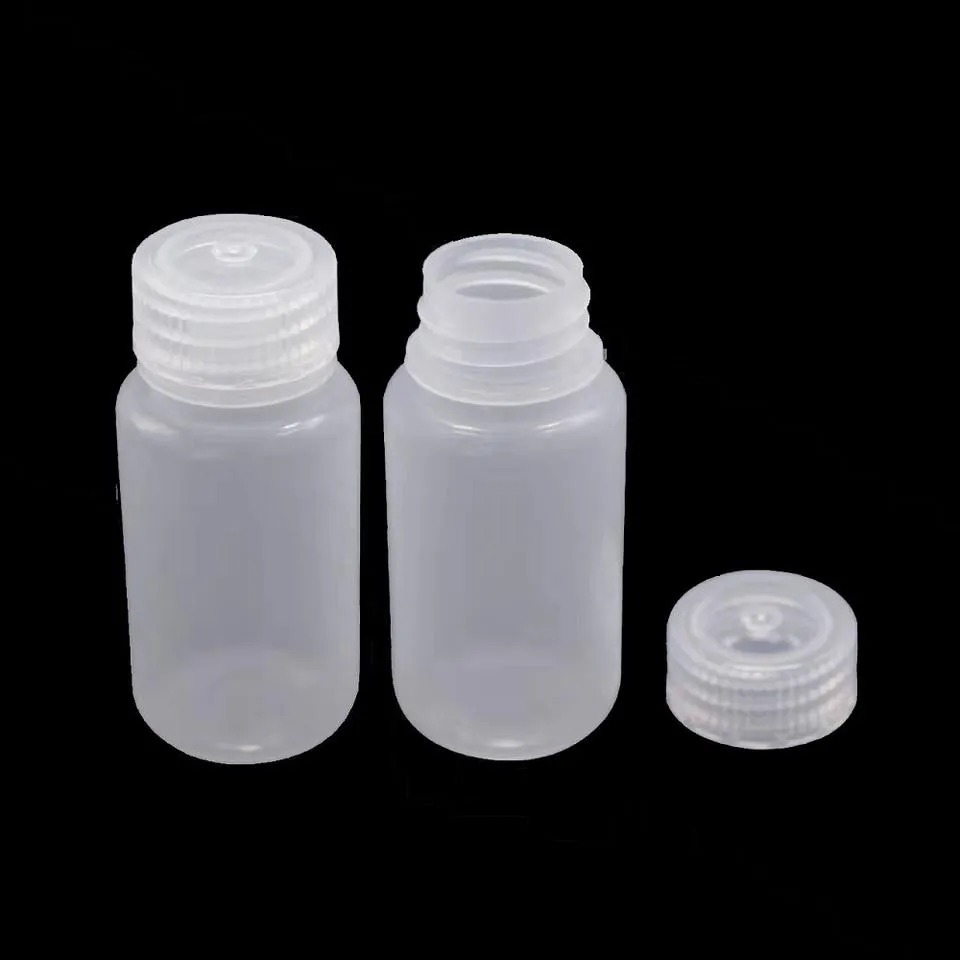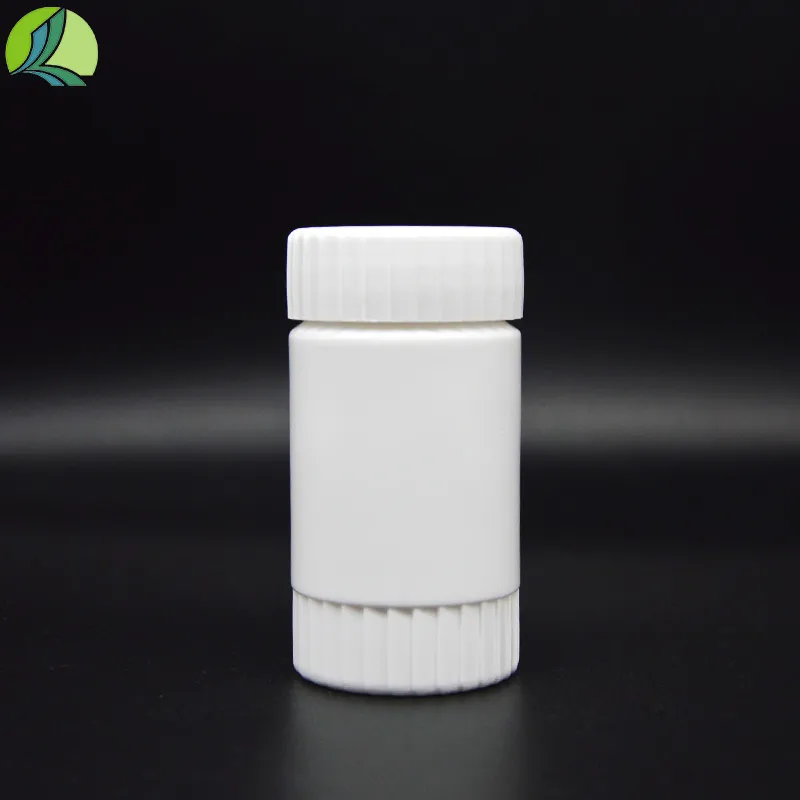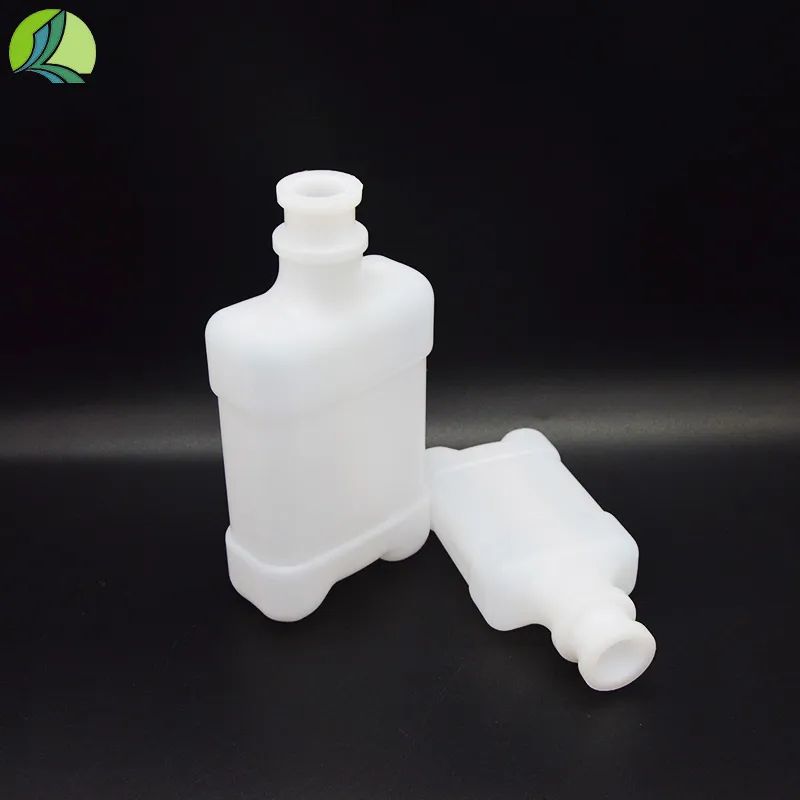
-
 Afrikaans
Afrikaans -
 Albanian
Albanian -
 Amharic
Amharic -
 Arabic
Arabic -
 Armenian
Armenian -
 Azerbaijani
Azerbaijani -
 Basque
Basque -
 Belarusian
Belarusian -
 Bengali
Bengali -
 Bosnian
Bosnian -
 Bulgarian
Bulgarian -
 Catalan
Catalan -
 Cebuano
Cebuano -
 Corsican
Corsican -
 Croatian
Croatian -
 Czech
Czech -
 Danish
Danish -
 Dutch
Dutch -
 енглески језик
енглески језик -
 Esperanto
Esperanto -
 Estonian
Estonian -
 Finnish
Finnish -
 French
French -
 Frisian
Frisian -
 Galician
Galician -
 Georgian
Georgian -
 German
German -
 Greek
Greek -
 Gujarati
Gujarati -
 Haitian Creole
Haitian Creole -
 hausa
hausa -
 hawaiian
hawaiian -
 Hebrew
Hebrew -
 Hindi
Hindi -
 Miao
Miao -
 Hungarian
Hungarian -
 Icelandic
Icelandic -
 igbo
igbo -
 Indonesian
Indonesian -
 irish
irish -
 Italian
Italian -
 Japanese
Japanese -
 Javanese
Javanese -
 Kannada
Kannada -
 kazakh
kazakh -
 Khmer
Khmer -
 Rwandese
Rwandese -
 Korean
Korean -
 Kurdish
Kurdish -
 Kyrgyz
Kyrgyz -
 Lao
Lao -
 Latin
Latin -
 Latvian
Latvian -
 Lithuanian
Lithuanian -
 Luxembourgish
Luxembourgish -
 Macedonian
Macedonian -
 Malgashi
Malgashi -
 Malay
Malay -
 Malayalam
Malayalam -
 Maltese
Maltese -
 Maori
Maori -
 Marathi
Marathi -
 Mongolian
Mongolian -
 Myanmar
Myanmar -
 Nepali
Nepali -
 Norwegian
Norwegian -
 Norwegian
Norwegian -
 Occitan
Occitan -
 Pashto
Pashto -
 Persian
Persian -
 Polish
Polish -
 Portuguese
Portuguese -
 Punjabi
Punjabi -
 Romanian
Romanian -
 Russian
Russian -
 Samoan
Samoan -
 Scottish Gaelic
Scottish Gaelic -
 Serbian
Serbian -
 Sesotho
Sesotho -
 Shona
Shona -
 Sindhi
Sindhi -
 Sinhala
Sinhala -
 Slovak
Slovak -
 Slovenian
Slovenian -
 Somali
Somali -
 Spanish
Spanish -
 Sundanese
Sundanese -
 Swahili
Swahili -
 Swedish
Swedish -
 Tagalog
Tagalog -
 Tajik
Tajik -
 Tamil
Tamil -
 Tatar
Tatar -
 Telugu
Telugu -
 Thai
Thai -
 Turkish
Turkish -
 Turkmen
Turkmen -
 Ukrainian
Ukrainian -
 Urdu
Urdu -
 Uighur
Uighur -
 Uzbek
Uzbek -
 Vietnamese
Vietnamese -
 Welsh
Welsh -
 Bantu
Bantu -
 Yiddish
Yiddish -
 Yoruba
Yoruba -
 Zulu
Zulu
Unveiling the Core Purposes of Centrifuge Tubes: A Laboratory Essential
In the intricate landscape of scientific research and laboratory operations, certain tools stand out for their pivotal roles in enabling precise experiments and analyses. Centrifuge tubes, though seemingly simple, are among these indispensable instruments. This exploration delves into the functions, applications, and material considerations of centrifuge tubes, addressing how they contribute to various laboratory processes and why their design matters for optimal performance.
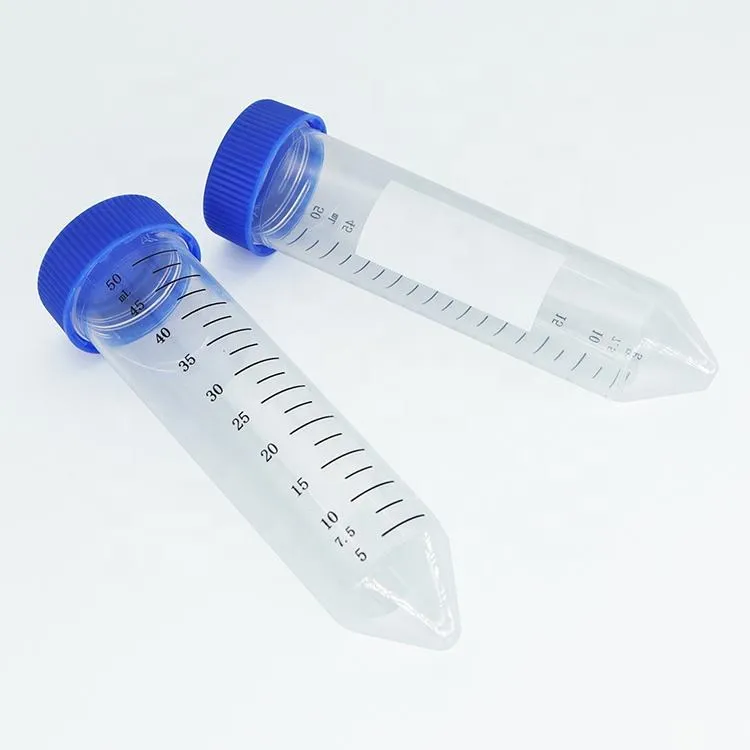
Exploring How Centrifuge Tubes Facilitate Sample Separation
Centrifuge tubes are engineered to withstand the high - speed rotation in centrifuges, a process critical for separating components of a mixture based on density. A key centrifuge tube function is to contain samples securely during centrifugation, allowing for the efficient separation of solids from liquids or different liquid layers. For example, in biological research, when processing blood samples, a centrifuge tube holds the sample as the centrifuge spins, forcing denser red blood cells to the bottom while lighter plasma remains at the top. This separation is fundamental for subsequent analyses, such as measuring blood chemistry or isolating DNA. The tube’s shape, typically cylindrical with a conical bottom, maximizes sediment collection, ensuring that pelleted materials are easily recoverable after centrifugation.
Discovering the Diverse Centrifuge Tube Function in Laboratory Settings
Within laboratory settings, the centrifuge tube function in laboratory extends beyond simple separation. These tubes serve as versatile vessels for sample storage, transportation, and even reaction containment. In molecular biology, centrifuge tubes are often used for storing reagents, conducting PCR reactions, or precipitating DNA with ethanol. Their compatibility with various lab techniques, such as vortexing or pipetting, makes them essential for multi - step procedures. For instance, a researcher might use a centrifuge tube to homogenize tissue samples, centrifuge the homogenate to separate cellular debris, and then transfer the supernatant to another tube for further analysis—all within the same experimental workflow. The ability to handle different volumes, from microcentrifuge tubes (as small as 0.2 mL) to large - capacity tubes (up to 50 mL or more), further enhances their utility across disciplines like chemistry, biology, and biochemistry.
How Do Centrifuge Tube Laboratory Apparatus Uses Enhance Experimental Efficiency?
The centrifuge tube laboratory apparatus uses are closely tied to their design and material properties. Most centrifuge tubes are made from plastics like polypropylene (PP) or polystyrene (PS), chosen for their chemical resistance, clarity, and ability to withstand high speeds and varying temperatures. Polypropylene tubes, for example, are ideal for handling organic solvents or high - temperature applications, while polystyrene tubes are often used for optical measurements due to their transparency. These materials also ensure that the tubes do not react with samples, preserving the integrity of experimental results. Additionally, features like snap - on lids or screw caps prevent leakage during centrifugation, a critical factor when working with hazardous or valuable samples. By integrating seamlessly with centrifuge rotors and adapters, centrifuge tube laboratory apparatus uses streamline workflows, reducing the risk of contamination and improving the reproducibility of experiments.
Why Is Centrifuge Tube Plastic a Preferred Material Choice?
The choice of centrifuge tube plastic is driven by a balance of durability, chemical resistance, and cost - effectiveness. Polypropylene, the most commonly used plastic for centrifuge tubes, offers excellent resistance to acids, bases, and many organic solvents, making it suitable for a wide range of applications. Its high melting point (around 160°C) allows for autoclaving, a crucial feature for sterilizing tubes in microbiology or cell culture work. In contrast, polystyrene tubes, while less chemically resistant, provide superior optical clarity, making them ideal for absorbance measurements or cell imaging. The lightweight nature of plastic centrifuge tubes also reduces the load on centrifuge rotors, enabling higher rotational speeds without compromising safety. Furthermore, plastic is more shatter - resistant than glass, minimizing the risk of accidents when handling tubes at high speeds or with sharp tools.
What Defines the Proper Centrifuge Tube Use in Experiments?
Proper centrifuge tube use involves more than just placing a sample inside and starting the centrifuge. Key considerations include selecting the correct tube size for the centrifuge rotor, ensuring balanced loading to prevent rotor damage, and using appropriate lids to avoid leakage. Overfilling a tube can lead to spillage during centrifugation, while underfilling might cause the tube to collapse or become misshapen. Researchers must also match the tube’s material to the sample’s properties—for example, using polypropylene tubes for phenol - chloroform extractions, as polystyrene would dissolve in such solvents. Additionally, understanding the maximum rotational speed (stated in relative centrifugal force, RCF) that a tube can withstand is essential to prevent tube failure, which could result in sample loss or equipment damage. By following these guidelines, scientists can maximize the effectiveness of centrifuge tube use and ensure the reliability of their experimental outcomes.
FAQs: Maximizing Centrifuge Tube Performance
How to Choose the Right Centrifuge Tube for a Specific Application?
Selecting the appropriate centrifuge tube involves evaluating factors like sample volume, chemical compatibility, and required centrifugation speed. For small - volume samples (e.g., PCR reactions), microcentrifuge tubes (0.2–2 mL) with tight - fitting lids are ideal. For larger volumes or high - speed centrifugation, choose tubes made from robust plastics like polypropylene and check their RCF rating. If optical measurements are needed, opt for clear polystyrene tubes. Always refer to the manufacturer’s specifications to ensure the tube is suitable for the intended use, including temperature and chemical exposure.
Can Centrifuge Tubes Be Reused, and If So, How?
While some centrifuge tubes are designed for single - use (e.g., those used with hazardous materials), others can be reused after proper cleaning and sterilization. Glass tubes or high - quality plastic tubes without visible damage can be washed with mild detergents, rinsed thoroughly, and autoclaved. However, reusing tubes that have been exposed to corrosive chemicals or biological samples with potential contaminants risks cross - contamination or tube degradation. It is always safer to use new tubes for critical experiments or when working with sensitive samples.
What Happens If a Centrifuge Tube Is Not Balanced Correctly?
Unbalanced loading in a centrifuge can cause excessive vibrations, damaging the centrifuge rotor or even the machine itself. When placing tubes in the rotor, ensure that tubes of the same size and volume are arranged opposite each other to distribute weight evenly. If only one sample is being centrifuged, use a dummy tube with an equal volume of water in the opposite slot. This practice not only protects the equipment but also ensures that the sample is spun under consistent conditions, leading to more reliable separation results.
-
What Are the Key Uses of Graduated Centrifuge Tubes?ВестиAug.20,2025
-
How Are Centrifuge Tubes Employed in Microbiology and Laboratory Settings?ВестиAug.20,2025
-
Functional Solutions for Laboratory Separation: Centrifuge Tubes and Their VariantsВестиAug.20,2025
-
Essential Tools in Laboratory Centrifugation: Types and Applications of Centrifuge TubesВестиAug.20,2025
-
Centrifuges for Blood Tubes: Essential Tools in Laboratory and Clinical SettingsВестиAug.20,2025



